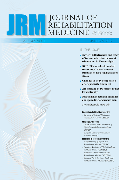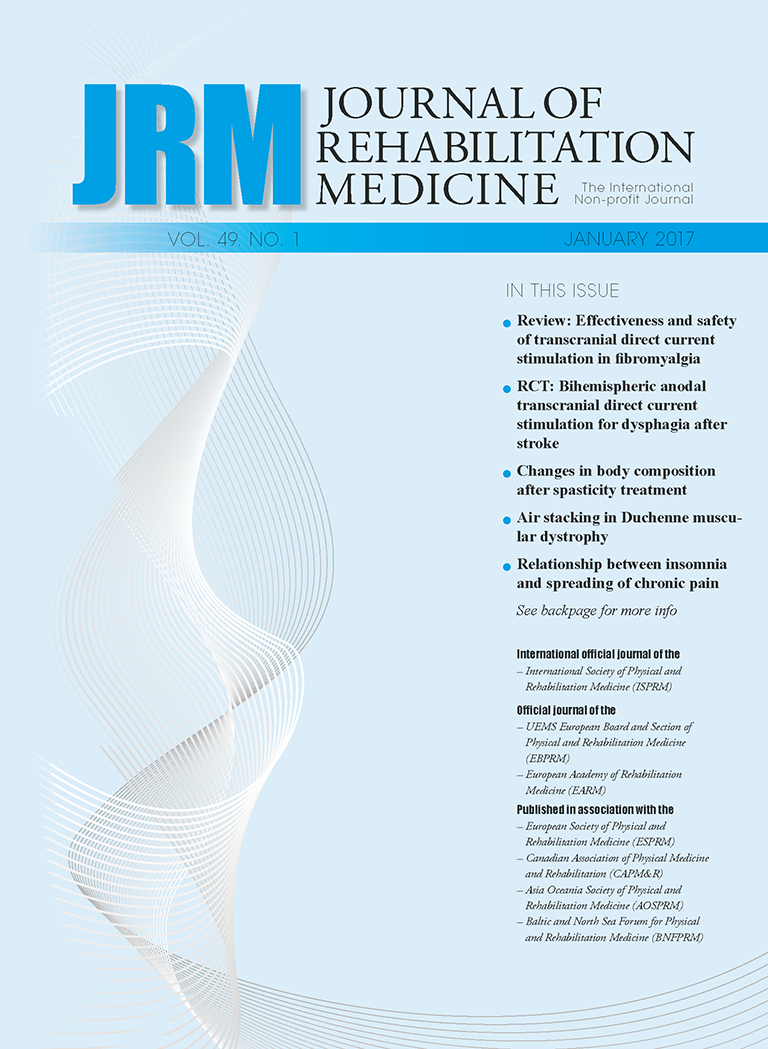
Comparing a 12-month home exercise program with usual care for post-TKA rehabilitation .
This report has been verified
by one or more authors of the
original publication.
Efficacy of a 12-month, monitored home exercise programme compared with normal care commencing 2 months after total knee arthroplasty: A randomized controlled trial
J Rehabil Med. 2014 Jan 30;46(2):166-72. doi: 10.2340/16501977-1242108 patients with diagnosed knee osteoarthritis (OA) who had underwent total knee arthroplasty (TKA) were randomized to undergo, beginning 2 months post-surgery, either a 12-month home-based exercise program, or usual care. The purpose of this study was to determine whether this long-term exercise regimen improved pain, disability, quality of life and function in these patients when compared to usual care. Upon the completion of the intervention, results indicated that the exercise and control groups displayed similar improvements in WOMAC scores (pain, stiffness and function), quality of life, knee extension strength, and range of motion. Moreover, patients in the exercise group exhibited significantly superior improvements in knee flexion strength and maximal walking speed.
Unlock the Full ACE Report
You have access to 4 more FREE articles this month.
Click below to unlock and view this ACE Reports
Unlock Now
Critical appraisals of the latest, high-impact randomized controlled trials and systematic reviews in orthopaedics
Access to OrthoEvidence podcast content, including collaborations with the Journal of Bone and Joint Surgery, interviews with internationally recognized surgeons, and roundtable discussions on orthopaedic news and topics
Subscription to The Pulse, a twice-weekly evidence-based newsletter designed to help you make better clinical decisions
Exclusive access to original content articles, including in-house systematic reviews, and articles on health research methods and hot orthopaedic topics

































































